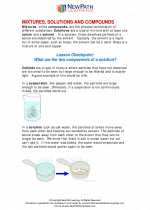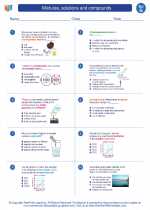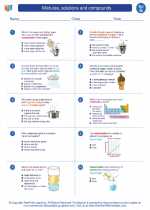De-icing
De-icing is the process of removing ice, snow, or frost from a surface. This process is important for maintaining the safety and functionality of various surfaces, such as roads, sidewalks, aircraft, and power lines. De-icing methods can vary depending on the surface being treated and the environmental conditions.
Types of De-icing Methods
- Chemical De-icing: This method involves using chemical compounds, such as rock salt (sodium chloride) or calcium chloride, to lower the freezing point of water and melt ice on surfaces.
- Heat-based De-icing: Using heat, such as hot water or steam, to melt ice and snow from surfaces.
- Mechanical De-icing: Involves physically removing ice and snow using equipment like snowplows, scrapers, and brushes.
- Anti-icing: Applying chemicals or other treatments to surfaces before a snow or ice event to prevent ice from forming or to make removal easier.
Environmental Considerations
While de-icing methods are essential for safety, they can have environmental impacts. Chemical de-icers can potentially harm vegetation, soil, and waterways if not used responsibly. It's important to consider the environmental effects when choosing and applying de-icing methods.
Study Guide
Here are some key points to remember when studying the topic of de-icing:
- Define de-icing and its significance in maintaining safe surfaces.
- Explain the different types of de-icing methods and when each method is most appropriate.
- Discuss the environmental considerations associated with de-icing and the importance of responsible usage.
- Compare and contrast the advantages and disadvantages of various de-icing techniques.
- Explore real-world applications of de-icing in different industries, such as transportation, aviation, and power utilities.
Understanding de-icing is important for various fields, including engineering, environmental science, and transportation. Consider the practical applications and implications of de-icing methods to gain a comprehensive understanding of the topic.
.




